
Latest update on the situation in Iceland affected by the recent eruption of a local volcano.
Iceland has yet again become center of media attention in the world – now due to volcanic eruption in Eyjafjallajökull. The volcano is located under Eyjafjallajokull glacier in South Iceland, about 200 km from Reykjavik. The new eruption is closely related to the eruptions at Fimmvorduhals in March. However, the new eruptions are taking place underneath a glacier.
The Icelandic civil protection authorities have the situation fully under control. Nobody is in danger and no persons have been harmed. The affected areas have been evacuated (mostly farmers in the area, ca. 500 people) and damage has been limited to roads, bridges and other infrastructure.
Day-to-day Life Not Affected
Day-to-day life in Iceland goes on as usual, as the immediate effects of the volcanic eruption remain for the most part localized – limited to an area in the south of Iceland. Businesses and public services have remained open and all infrastructures, such as electricity and communications networks, remain secure. Although the volcano poses no safety threat to people in Iceland, visitors are nevertheless encouraged to follow developments and seek factual information from the relevant authorities.¨
How Will the Ash Spread?
In short – it is impossible to tell. The London Volcanic Ash Advisory Centre publishes every 6 hours a defined area of projected ash contamination across Europe. However, this is subject to change according to wind directions.
Prepared and Alert
Icelanders are resilient people who have learned to live in harmony with the forces of nature. The civil protection and emergency management authorities in Iceland are prepared, alert, and effective and have the situation at the eruption site well under control. Icelandic scientists and civil emergency authorities have also been in close contact with their counterparts in Europe to monitor the eruption.
Since there has been some discussion regarding the volcano Katla, it is important to note that there is no indication of an eruption there. Katla is closely monitored by scientists. In their expert opinion there is no indication of an eruption since there is no movement in sites to the west and east of the glacier Mýrdalsjökull. Eyjafjallajökull and Katla are two separate volcanoes – with two separate magma chambers – and are not connected as such.
By Iceland Convention and Incentive Bureau



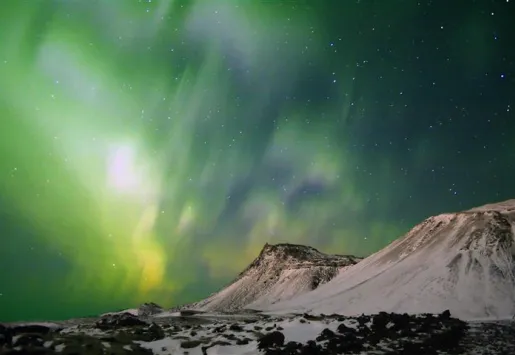
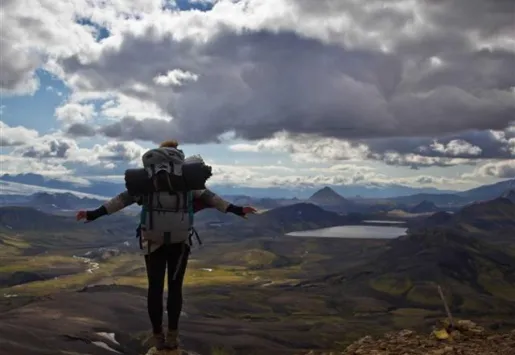
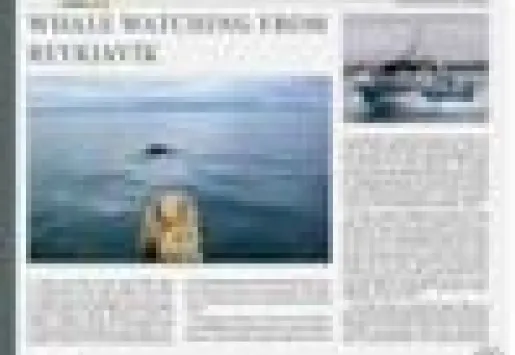

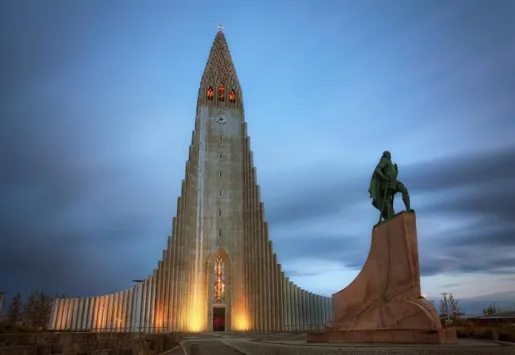
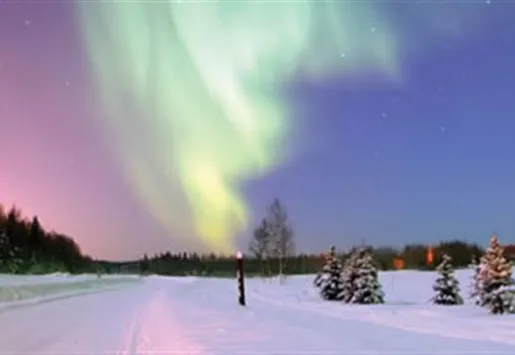







It is quite funny that while most of Europe was crazy about all the delays and closed airports, the Icelandic airports could work as usual. Isn't it ironic?